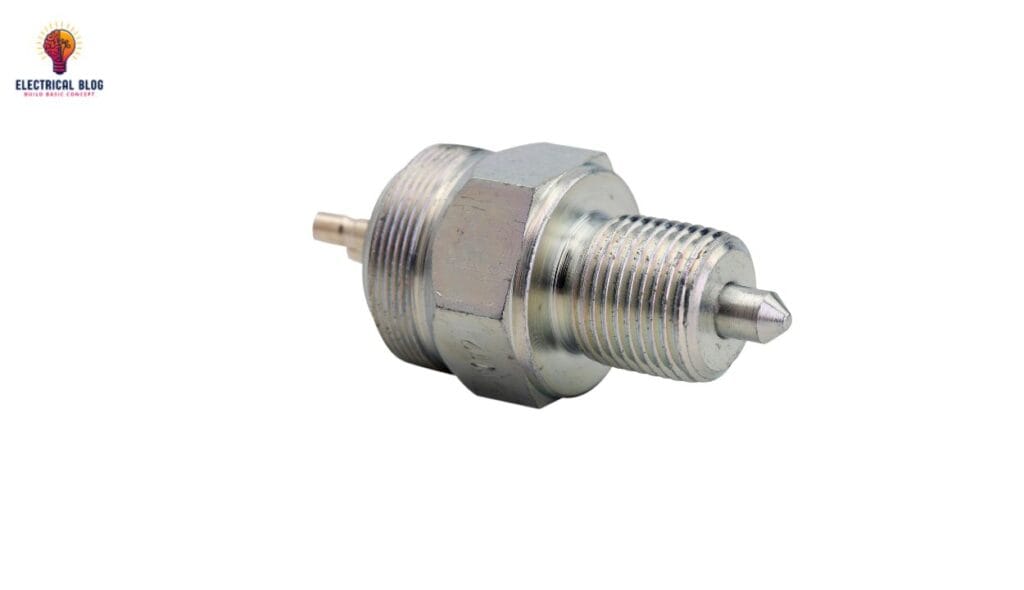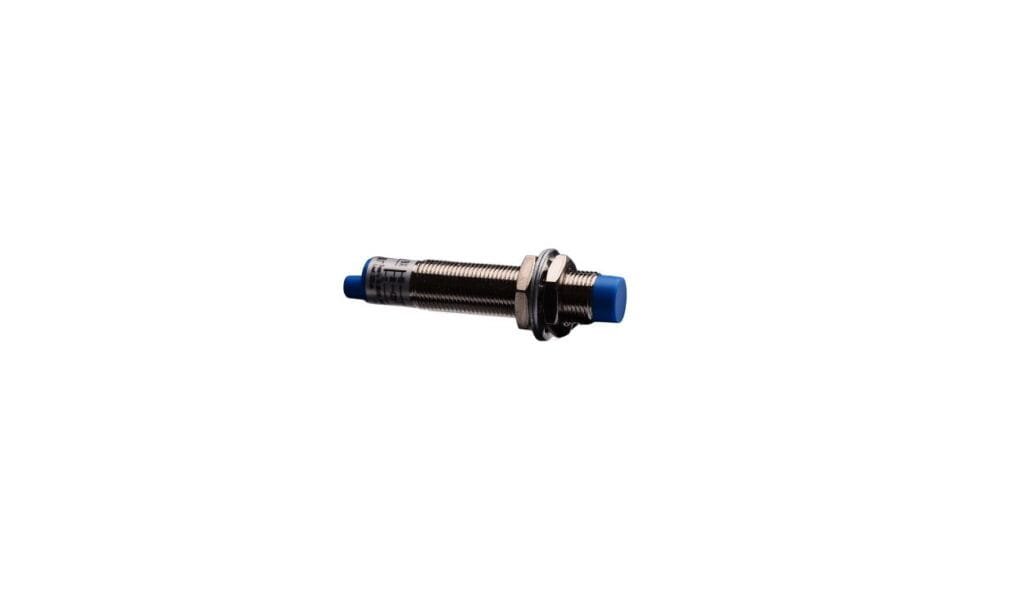What is a grounding transformer?
A grounding transformer plays a key role in stabilizing an electric system, especially in three-phase networks. It establishes a path for fault current in delta-connected setups, preventing the system from remaining ungrounded. By using a zig-zag or delta-wye configuration, it helps control neutral potential and allows phase-to-neutral connections when desired. This makes it an essential part of the earthing system in power plants and sub-transmission grids.
During a fault, such as a line-to-ground issue, the grounding transformer ensures a return path for current, preventing excessive overvoltages. It can be connected through a resistor or an arc suppression coil to limit the fault current and protect the network. This feature is particularly useful in high-voltage applications like 33 kV circuit systems, where it acts as a source for controlled grounding. Its ability to maintain a low-impedance connection enhances overall power stability.
The winding structure of a grounding transformer is designed to support neutral loads while keeping the system balanced. In generators, they help maintain safe transient conditions and regulate fault responses effectively. Whether in power plants or industrial grids, their role in ensuring smooth phase operation and reducing faults cannot be overstated. The strategic design and point of connection define their efficiency in handling grounding issues in complex electrical infrastructures. You can also read Single-Phase Transformer.
Grounding Transformer diagram

Importance of Grounding Transformers
A grounding transformer is essential in a three-phase system where parts remain ungrounded. In delta-connected and wye networks, it creates a grounded path for fault currents, preventing overvoltage issues. Without proper grounding, a fault condition can cause voltage spikes, leading to serious damage to electrical components. This instability can reduce availability and weaken the overall capability of the power grid.
When a short circuit occurs, the fault tolerance of the system is tested. The lack of a neutral return can lead to excessive stress on insulation, increasing the risk of flashover and leakage issues. A grounding transformer helps control transients and manages triplen harmonics caused by excitation currents. The presence of metal-oxide varistors (MOVs) aids in suppression, but they can degrade under extreme heating, further stressing the system.
A properly energized grounding transformer ensures that the neutral stays near ground level, preventing dangerous imbalances. By providing a low-impedance path, it allows currents to return, reducing the risk of overstress on the equipment. The system can then safely withstand fluctuations and maintain steady operation. Whether in industrial grids or power stations, these transformers protect against faults and keep the electrical network stable. You can also read Transformer Parts.
Comparison of the Different Grounding Transformer Connection Types
Solidly Grounded System vs. Resistance-Grounded System
A solid grounding method directly connects the neutral of a power system to the earth using a grounding transformer. This installation is simple and improves safety, but it lacks current-limiting capability. Without added resistance, fault currents can be large, increasing the risk of damage to system components.
A resistive grounding setup uses a resistor to limit the magnitude of fault currents and prevent excessive stress. Choosing the right ohm value is delicate, balancing between high resistance for improvements and keeping current flowing enough to avoid ungrounded risks. This arrangement makes the system more secure and reduces thermal impact. You can also read Center-Tapped Transformer.
Zig-Zag vs. Wye-Delta Connections
The zig-zag transformer is designed to control third harmonics and maintain system balance, but it is harder to design and implement. Unlike Wye-Delta, it does not require a secondary winding, reducing cost and size. However, manufacturers tend to focus more on Wye-Delta, making zig-zag a less familiar option in the industry.
A Wye-Delta configuration uses a two-winding system with a 4-leg or 5-leg core, improving return flux for handling unbalances. This setup allows for secondary loading and metering, making it easier to upgrade and replace when needed. The arrangement also enhances protective features by integrating insulation and gear efficiently.
Since modern power systems require flexible grounding solutions, the zig-zag method is still valuable for specific cases. However, the Wye-Delta approach operates with multiple advantages, including better adaptability for auxiliary applications. The ability to provide reliable grounding makes it the preferred choice in most technology sectors. You can also read Core Balance Current Transformer.
How to Properly Specify and Select a Grounding Transformer
When selecting a grounding transformer, the primary step is to determine the system voltage and how it will be connected. The kilovolt rating must be high enough to handle lightning surge effects and ensure the impulse strength is sufficient. The transformer must also withstand temporary overvoltage conditions without damage.
The faults expected in the system help determine the fault current the transformer must handle. It is important to calculate the total amps that will flow in case of a line-to-ground fault. The transformer should be designed to manage these conditions without excessive heating or damaged equipment.
The impedance of the transformer affects how much fault current will pass through the circuit. Choosing the right resistance and ohm value ensures that the voltage on unfaulted phases does not exceed safe limits. A well-selected impedance also prevents unnecessary tripping of protective gear.
The winding configuration is another key factor. A zig-zag or wye connection should be specified based on the grounding requirements of the system. The delta configuration may also be needed for secondary use, depending on the type of application.
The rating of the transformer must match the expected operating conditions. A continuous-duty transformer is ideal for systems with steady neutral currents, while a short-time duty rating is sufficient for intermittent faults. Proper consideration should be given based on system demands.
The auxiliary equipment needed for the transformer, such as metering or additional gear, must also be evaluated. The transformer should be capable of handling secondary loading without excessive losses. This is particularly important when using the grounding transformer for additional phase balancing.
In some cases, the transformer may require a custom-designed connection to meet special grounding needs. The expected level of power demand and fault duration must be factored in to ensure long-term reliability. Every aspect must be properly evaluated before finalizing the selection.
By carefully choosing the correct transformer with the right ratings, impedance, and winding design, the grounding system can remain stable. A well-selected transformer ensures that the rest of the system is protected and operates efficiently.
Grounding Transformer wiring diagram

How to design a grounding transformer
The transformer should be designed to operate in both indoor and outdoor applications, ensuring durability against weather conditions. Proper protective measures must be taken to prevent damage in harsh environments.
Fluid selection is essential, with options such as mineral oil, natural ester, or silicone. The choice should be based on safety, efficiency, and environmental concerns to ensure long-term performance.
Connectivity must be evaluated based on the site, whether a live front or dead front setup is required. The terminals can be enclosed or exposed, depending on installation requirements.
Temperature control is crucial, as the rise is typically 65°C but may need to be adjusted based on ventilation and elevation conditions. Proper cooling mechanisms should be included to avoid overheating.
Resistance grounding must be correctly configured by ensuring the rated voltage of the neutral resistor matches the line-to-ground voltage of the grounding transformer. This helps maintain system stability.
The body and cover of the transformer should be built to withstand electrical and mechanical stress. High-quality materials should be used to improve durability and reliability.
The duration of operation and expected ratings should be carefully calculated to match the system’s load demands. Ensuring all components work within their limits will facilitate safe and efficient performance.
Conclusion
A grounding transformer is key for system stability. It provides a neutral path for fault currents. It also protects electrical parts from overvoltage and transients. Choosing the right configuration depends on the system’s needs. You can go with zig-zag or wye-delta. Cost and impedance also play a big role.
Proper selection involves evaluating voltage, current ratings, resistance, and connectivity types such as live front or dead front. The transformer body, cover, and protective features must be built to handle environmental conditions. This applies to both indoor and outdoor use.
Key factors include fluid choices (mineral oil, natural ester, silicone), temperature rise, and ventilation. Assessing these can help prevent overheating and extend equipment life. The resistor must match the line-to-ground voltage to ensure effective resistance grounding and system safety.
Considering these design elements and performance criteria helps in selecting the right grounding transformer. This choice boosts power system reliability, cuts down on faults, and keeps operations efficient in industrial and utility settings.


